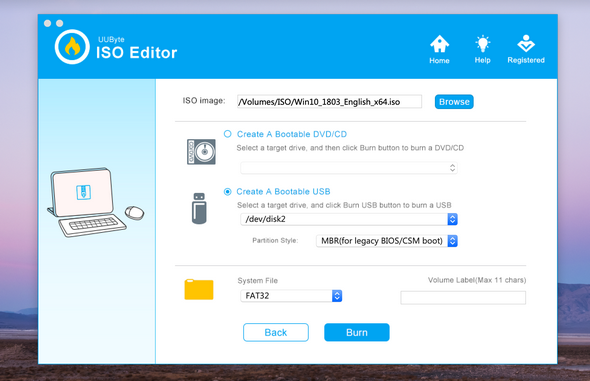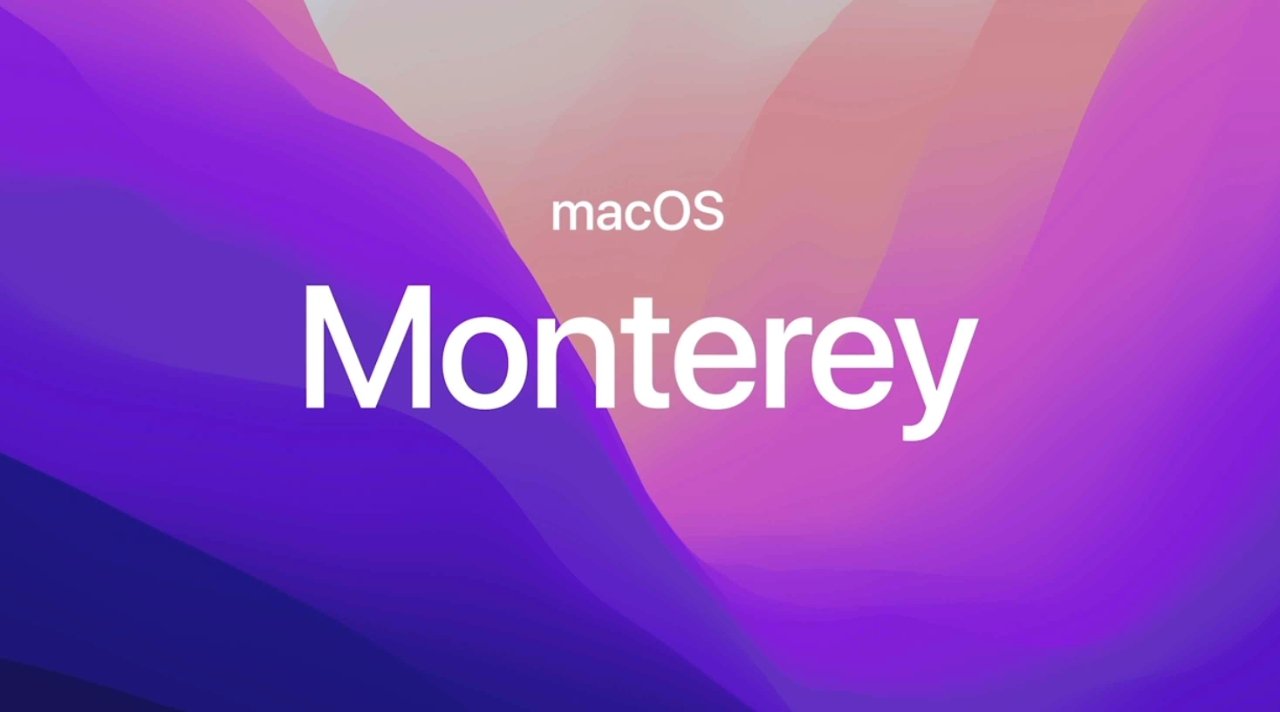

- Create mac os install usb on windows for mac os x#
- Create mac os install usb on windows upgrade#
- Create mac os install usb on windows full#
- Create mac os install usb on windows windows 10#
- Create mac os install usb on windows software#
Create mac os install usb on windows windows 10#
If you are using a newer Windows 10 ISO (after version 201809), then UUByte ISO Editor is the best app for creating a bootable USB on Mac. I managed to create several bootable Windows 10 USBs on Mac (Mojave, Catalina and Big Sur) in recent years. I had to create a Windows partition on my hard drive and boot into that to make a functioning boot drive. The ExFAT formatted drive with Windows ISO did not work as a bootable drive. Will report back if I run into any issues. All this said, I have yet to actually use this drive to INSTALL Windows as I'm building the computer tomorrow. I just did this with a Sandisk 32GB drive and it worked perfectly. Select "ExFAT" in the format dropdown and confirmĪfter this process you are able to move larger files into your USB drive. Select drive you want to be the boot drive Here are the steps! For reference I'm running Mac OS Monterey (v12.0.1) The easiest thing to do is just to reformat your drive to 'ExFat' using Disk Utility. Sorry if this is a breach of etiquette (commenting on an old thread!)
Create mac os install usb on windows software#
You don't need to download any new software to do this, everything is already included in current Mac OS. Once your bootable USB installation media is ready, remove it and insert it into your Mac, power it on, hold down the Option key, and select the USB you just created to reinstall Mac OS X.In case anyone stumbles onto this thread I'm going to give what I believe to be the easiest solution to this problem. Depending on your computer and other variables, it could take one or two hours to complete the process.
Create mac os install usb on windows for mac os x#
Use the Restore Disk Image to Drive dialog box to browse for the DMG file with the installation files for Mac OS X Yosemite in this case, and click the OK button to create a bootable USB of the operating system.

In the warning dialog box, click the Yes button. On the left pane, you’ll see all the Windows PC drives listed right-click the USB drive you intend to use to reinstall Apple’s OS X and select the Restore with Disk Image option. (You’ll be prompted to Enter Key or Run because we’ll be using it once, click the Run option.) Right-click the TransMac software icon and Run as administrator. Make sure you take off any important documents.) (Remember that all the data in the USB will be erased. Insert the USB drive that you’ll use to fix your installation of OS X.
Create mac os install usb on windows full#
(If you want to support the developer, you can purchase the full version.) Quick note: TransMac is a paid software, but it has a 15-day trial solution that gives us more than enough time to move the DMG files to the USB drive from Windows. Use these steps to set up a USB drive with a GPT partition: To do this, you’ll need to use the Diskpart command-line utility on Windows 10. Create Mac OS X bootable USB installation mediaīefore using TransMac, you first need to partition your USB flash drive with a GPT partition, as a normal MBR partition may not work. Now that you have all the necessary ingredients, you’re ready to make a Mac OS X bootable USB using the DMG file of the operating system with the steps below.

Requirementsīefore you dive into this guide, you’ll need a few things:
Create mac os install usb on windows upgrade#
These instructions will also work for Windows users running Mac OS X on a virtual machine and needing to upgrade to the latest version. However, if you find yourself in a scenario where your device (iMac, MacBook Pro, Air, Mac Pro, or Mini) is not responding, and you happen to have a Windows 10 device, then you can still be able to make a USB bootable installation media for your Mac OS X to reinstall the operating system using the Recovery Assistant. This is why it’s recommended that you make a Mac OS X bootable USB when your Mac is in working conditions. If you’re still using a Mac OS X, the time will come when your computer won’t boot, or a problem may arise where you can’t take control of the device, and booting from an OS X installation media will be required.


 0 kommentar(er)
0 kommentar(er)
